|
Rust and lichen. Abstract image - included in my 2022 photography calendar. I hope this finds you safe and well. Summer days are gone now here in the northwest Highlands, with blustery showers and dramatic skies taking their place. I do love this time of year and am looking forward to the autumn colours appearing - there are hints of them already, in the bracken and some of the trees. 2022 calendars It's that time of year again - I took delivery of next year's calendars recently. As before, they are slimline ones, with images printed on the back for use as postcards. The images are all photographs taken locally over the past year or so. Seascapes, sandscapes and textures that caught my eye - from corrugated iron to barnacles on a rock. A few images are shown below. Calendars are now available to order from my website. If you live locally, they're available directly from me at Poolewe Tuesday market until the end of October. Also being stocked at the Button Bothy at Poolewe Hall. End of an era I've been very happy to have some of my work - mugs, coasters and cards - stocked in the lovely Cabinet Ullapool, and also to have exhibited at An Talla Solais gallery on West Argyle Street in Ullapool. The premises had to be vacated, so it's time for a new chapter for An Talla Solais and Cabinet. They still have premises in the town and plans are afoot for what happens next. I'll keep you posted! Christmas cards I'm happy to say that this year's Christmas cards are now available. I spent a happy couple of days arranging beach treasure - shells, pebbles, driftwood - to make this year's designs. I always knew all these natural materials would come in handy one day! I've decided, given current circumstances, to donate 10% of all Christmas card sales to the World Wide fund for Nature (Scotland). There are 6 different designs (4 shown below). Available now from my website, in packs of 6 cards with envelopes :
Exhibition at Gairloch Museum Coming soon - a winter exhibition of small works by selected local artists, at Gairloch Museum. I will be submitting two paintings for this - the exhibition opens at the start of November. Information about opening times will be available nearer the time. Poolewe Christmas Markets Happy to say that I'll be at both the Poolewe Christmas Markets this year:
Photography
I'm still taking photographs - nearly every day, when I'm out walking. Mostly on my phone, but sometimes using my camera. The phone ones are regularly posted on Instagram. A wide selection of images is available to purchase in various sizes and formats via Photo4me - a subset of these can be seen on my website. Thank you for your continued interest in my work. If you have any queries, please don't hesitate to get in touch. all the best Jennifer
0 Comments
I find the alphabet a helpful structure in my writing, so when I came to write a list of what I feel grateful for over the past twelve months, I turned to it again to help me. It didn't let me down. A is for Art and creativity – admittedly, this has come in waves, but at times has been very helpful in keeping me moving forward. B is for Black Isle Correspondent, daily videos from; a little bit of madness, kindness and real life every day, especially during the first lockdown. Grateful thanks to Anna Massie. C is for Camomile tea. And cake – the making and partaking of it, the sharing of it with friends, when possible. D is for Dog. My dog for making me smile every day, and often laugh too E is for Empty beaches for walking on, I'm so lucky to live where I do. F is for Friends and family, for staying in touch G is for Growing things and gardening. H is for Hugs - the ones we had before it all started, which we didn't know were so precious, and the illicit ones which were all the more precious for being so. I is for Isolation – that may sound strange, but living at a distance from densely populated areas gave me a feeling of safety. Also, conversely - I is for Internet, for keeping us connected. J is for Just being – some days, that was all that was required, or indeed possible. K is for Kindness – to myself and from others L is for Love from old friends and new M is for Mindfulness, learning a new way of being and practicing it. N is for Noticing nature in so many ways. The tides, the seasons, the light. O is for Oranges and occasionally olives. P is for Playing music on my mandolin. Also Photography - taking photos feels like a form of meditation to me. Q is for Quiz shows on TV, especially Only Connect and Mastermind. Monday evenings’ entertainment. R is for Refreshing my knowledge and love of languages and learning a new one or two, on Duolingo. Also, reading. Novels, poetry, familiar and new. S is for Slowing down, social media, staying in touch. Also Soup, the making and supping of it. T is for Tunes – playing old ones and writing new ones U is for Unforgotten – a cold case series on TV; totally hooked. Also old murder mysteries, the familiarity of them, the satisfying resolution. V is for Very funny radio programmes, especially some of those on at 6.30pm on Radio 4, providing lots of laughter while I make my tea. W is for Walking. Every day. Walking and the peace of it. Sometimes walking with a friend. Also for Writing; the joy of putting words together, in a poem, a story, a post. X is for Acceptance – I will cheat a little here perhaps – taking the X to mean being not being allowed to do things. Accepting the situation, the imposed restrictions, the fact that I could not travel anywhere and no-one could come here – all that. Accepting it all made it a whole lot easier to make the most of what I could still do – many of these things are listed here. Y is for Yes – saying yes to new things, to taking part in online workshops and courses and exhibitions. Z is for Zoom, which I hadn't heard of this time last year, but now value highly, for staying in touch and keeping things going. There are days
when your footsteps in the sand barely break the surface when the grains are hard packed - stacked by the receding tide the sea seeped away drained into the bay those are the days when you make no impression barely a dent is rent in the perfect surface only the occasional crack of a shell as your track shifts to the high tide line there are days when the sand shifts - drifts beneath your feet each step an effort in the soft brown sugar of the shore and others have been here before, churning, turning stirring its softness, leaving it spoiled soiled until the tide turns there are days when the top layer of sand looks firm but your boots sink several inches into its depths you plod on, across the bank leave holes where you sank but rose again there are days when the sea weeps - seeps its way back up the shore more and more till what seems firm is liquid and when stepping forward you realise a little late the fate awaiting - the fluid form lying low ready to pull you beneath its innocent surface with an insistent grasping there are days when the wind howls across the bay your boots sandblasted by the loose top layer - the poor dog’s eyes filled with grit - those are no days to sit and stare out to sea I hope this finds you safe and well and finding ways to get through these strange times. Recent work created during lockdown It took me a while to get back to painting after the lockdown was put in place on 23rd March. Out for a walk one day, I noticed the remnants of a foxglove - see above, on the left - at the front of my garden (I use the term very loosely, I am gradually taming small parts of it). I brought it into the studio, laid it flat on the table, and began. So started a series of these works - mostly remnants of last year's growth, as there were few signs of spring at that point. More recently, bracken fronds have started to appear, and my daffodils have bloomed, so spring greens have made an appearance in my work. All the works - 15 to date - are on large (A2, 40 x 60cm approx) paper - most are life size, some a bit larger. You can view them all here on my website. see more flora... Seashore series I am very fortunate to be able to have some of my daily walks along the beach. There is always something to see, a shell, or a pair of them, a sea potato, or an interesting pebble. Very often, some of these treasures come home in my sandy pockets. I have a growing collection of shells - cockles, mussels, scallops, razorshells. It just makes sense, to me, to paint them. These works are generally larger than life-size (often abut ten times larger!), as I prefer to work on a large scale. A few examples are shown above - razor, scallop and tellin shells. There are more (11 in all, so far) on my website. see more seashore artworks... New! Greetings cards collections now available
I've put together 12 collections of greetings cards - mainly existing designs, but also some new ones in there too - each set has five different cards in it, all with one theme. I'm hoping this will make it simpler (and more economical) for those of you who are finding it difficult to get hold of cards just now. They can be popped in the post to you, or delivered, contact-free, if you live in the Gairloch area. Thank you so much for your interest in my work, it is greatly appreciated. If you have any queries or special requests, please don't hesitate to get in touch. very best wishes Jennifer view card collections... I visited the RSPB nature reserve at Troup Head the other day. I had not planned to visit, but was in Portsoy and spied the cliffs to the east, from my vantage point above the harbour. I recalled a friend telling me it was the place to go to see the gannets. I saw many gannets on the Bass Rock while in North Berwick a couple of months ago, and more recently a few solitary ones, diving for fish off the coast at Gairloch in Wester Ross.
Following my trusty Google maps, I drove along the tiny road to the headland, hesitating slightly when it came to driving through a farmyard (by that time there were reassuring RSPB signs) and finally reached the tiny car park. Avoiding puddles, I had a look at the map indicating the path(s) to the cliffs. I regretted not putting my walking shoes or boots in the car. Luckily I was wearing reasonably sensible footwear, but would advise on non-slip soles at a minimum. After a false start (my memory of the map was not great), I followed the straight path through a goldening field of barley towards the headland. It is a while since I walked that distance in a straight line. Two parallel tracks through the crop. I met one couple and a woman; they traversed to the other furrow. Coming to the edge of the field, the path turned to the left, leading upwards across grassland. Ahead lay a gorse covered mound, through which another path (the red one) travelled. I chose the blue (shorter) path, mindful of my less than ideal footwear. Through the barley field, the sound had been the swishing of heads and beards. As I approached the crest of the slope, the sounds of bird cries began to reach me in the wind. On the ground, on the trodden grass, were occasional wisps of downy white. Some small, some larger. As I started going downhill, the frequency of downy wisps became greater. There were occasional small white feathers. And the unmistakeable smell of fish. The bird calls became louder. Through the kissing gate, I passed a couple of photographers with tripods and huge lenses, eyeing my small bridge camera with what seemed like amusement. Turning left, past the sign which indicated the way back to the car park (should my nerve fail me) or onward to the viewpoint. I walked along the path. Slowly, not wanting to miss anything. A few birds could be seen on the grassy cliff tops. Further on, I could see down to the turquoise depths below; the waves crashing on the rocks. Birds perched on the cliffs; on turf beds with their babies. I did not see the young ones at the time; my eyes were glued to the swooping and soaring display taking place in the sky right in front of me. I have always thought that gannets were graceful birds. My mind has been changed. Laughter spilled out of me - their movements were comical, ungainly, yet amazing. A gannet would storm up from the left of me (with the wind) - up - up - up and then turn to fly back, swooping down with great speed. Or come in to land on the cliff, big black webbed feet akimbo and wobbling like a novice on a high wire. I watched and watched; tried to take some photographs which captured their fantastic flying feats. And then I watched some more. It really was an thrilling and enchanting experience. Magical. Quite often, I find that I do not end up doing what I set out to do. That doesn't mean that I don't achieve my goal, I just do it a different way. That's my story and I'm sticking to it.
It's a bit like going to the shops to buy bread and milk. Yes, just bread and milk, that's all I need. But do I come home with only bread and milk? Of course not. I'll pick up cheese and avocadoes (if they are on offer), maybe a mango (ditto). And then of course we might be out of oatcakes and pasta and rice. Better pop some in the trolley. And plenty of other unhealthy options which I won't mention here, for fear of giving the wrong impression (moi?). Or, if I go for a walk in the woods, I won't intend to take photos, but something will catch my eye. Some bright green moss, yellow lichen on a rock, feathery lichen hanging from a branch. So I come home with more than I intended. More images to save and look at again and take pleasure from. I might even pick something up along the way - an interesting twig, some larch cones or a fern frond. A feather. So it was when I went to art class over on south Deeside the other week. I was planning to paint some landscapes; had printed out photos in my bag to use for inspiration. As I went to load my art kit into the car, I noticed the dead head of a hydrangea (from my neighbour's garden) lying on our drive. Of course I picked it up. It was one of those lacewing ones, with a few lifeless petals clinging on at the edges. It sat on the passenger seat as I drove to my class. When I got there, I could see the remnants of rosebay willowherb beside the track where I park each week. I picked some. I couldn't not pick some. I had always wanted to paint this transitory plant, with its bright pink flowers which turn to bean-like seed pods and then fluffy floatingness. Today was the day. I'd missed the flowers, of course - I'll have to wait a while for those to appear again. What a joy it was to paint these - of course I did a few sketches of the serendipitous Hydrangea head as well. I spent last week on my beloved west coast. Last year, I did not take enough holiday; this year I am determined to do better. We were lucky with the weather, as often happens at this time of year. It is too cold for the midges and it was dry, bright and sunny with the occasional April shower. Cold, too - there were wild hail-storms in the night at the end of the week and a few in the daytime too.
Time was spent outside, as far as possible. Walking the beaches, scouring the high tide line for driftwood and shells; looking out to sea at the distant Cuillins of Skye and then back at the near things - the textures of the ancient rocks and lichens, seaweed patterns, fishing nets lying on the harbour. I absorbed the images like a sponge; my camera is a very useful tool. My well was refilled. All the time I was there, my focus kept shifting. From a big seascape, with a tiny boat on the horizon, to the shapes of the cracks in the tops of the huge wooden posts which hold up the harbour. From gulls wheeling above us in the bitter breeze, to the shadow shapes formed by a rope lying across a beached dinghy. It's all there. And now for something slightly different. I don't always manage to find instant inspiration for my blog, so sometimes I go for a trawl through things I have written earlier. There is plenty of it around, I can assure you. This is not strictly-speaking a poem, it's more a "real-time" stream of observations from a train. That's how it was written. It's almost a series or collection of haiku, which could stand on their own. As you can see from the date, it was written seven years ago.
(Aberdeen to Inverness, by train, 14/3/08) three sheep, side by side bask in spring sunshine on a sloping field tops of trees cluttered with crows and their half-made nests tiny calves already wearing ear-tags lie beside their mothers bare trees poised to burst into life train track runs beside the burn we go up as it goes down river bluer than the sky smoothness hides its urgent flow ramshackle byre with a bucket by the open door ancient crumbled walls of ruined house two old trees – who lived there once? boggy ponds alongside the track frog spawn possibilities old bracken last year’s heather the colours of tweed horses with their coats on heads down grazing sheep tracks etched on the hillside centuries old narrow field ridged with sheep tracks along its length mole hills in the perfect lawn around the whisky store fluffy white sheep black faces curly horns the larches still wearing their brown winter coats birches covered in lichen beards no pollution here seven pigeons take off in unison startled by the train the gorse blooming by the track – does it ever not? piglets scamper in the mud round their little nissen huts wind farm scars the landscape - distracts me from the kestrel we can see where the mole has been - does he have any idea? the edges of the town spreading into a building site new houses with smart fences - sore thumbs It's that time of year again, when my thoughts turn to putting together a calendar for next year. This year seems to have flown by. My age is creeping up on me, I suppose, and while it feels like it must only be about March-time, it's nearly the end of October and the clocks change tonight.
I had a sift through the photographs I've taken over the past year (and a few from the tail end of last year) and have been pleasantly surprised by what I have found. I tend to take a lot of photographs if I'm out and about somewhere - at the beach (any beach), out in the woods for a walk, down at Stonehaven for an afternoon, over on the west coast for a long weekend. It's easier to take pictures when you're on your own, I find. It takes more concentration than I used to imagine, to capture images that are worth looking at again later. And one tends to walk very slowly, looking at things along the way. Up through the trees, down at the shells in the sand at your feet, over at the rock formations of the cliffs or the rocky shore. The bit of the whole process I love most is the looking through the images afterwards. It's like opening presents - free ones, ones from myself to me. Gifts of memories, instants in time. The slope of a roof, the brilliant colour of flowers or leaves against an azure sky, the patterns made by lichens on old wood. With the help of friends and followers on Facebook, I've whittled the images down to twelve, for inclusion in next year's calendar. It was tempting to put two together, one of abstract images and one of purely flora, but I managed to resist. Time to get on and finalise the order - I'll let you know when they arrive! There is already a watercolour paintings calendar available for 2015, on the Store page.  Spring is finally here. Daffodils and tulips are blooming. And Forsythia and flowering currants, as shown in this photograph. There are tiny fresh green leaves appearing on the trees and the birds around in the woods are very active and vocal. It feels as if it has been a long winter, despite the fact that it was not very cold. We had a few snaps of frost and flurries of snow, but that was it. Today there was a lot of sunshine. Pigeons were frolicking on the rooftops. And now, funnily enough, we have chosen to travel abroad for some Mediterranean sunshine. There will be sketching, photography and plenty of book reading, I hope. I will be keeping an eye open for the flowers that are blooming there just now. |
Archives
May 2024
Categories
All
|
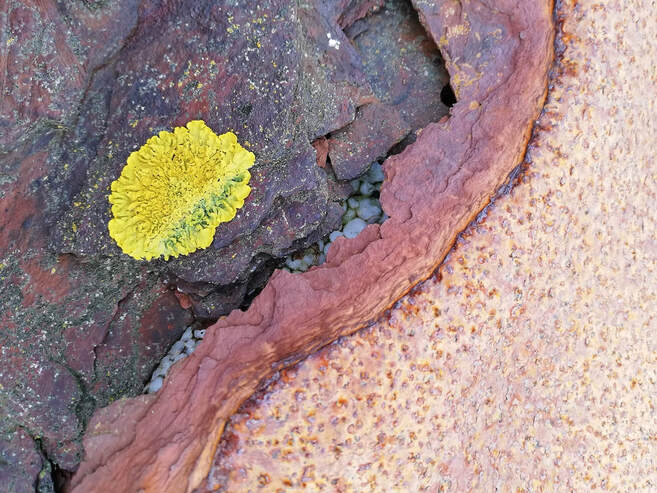
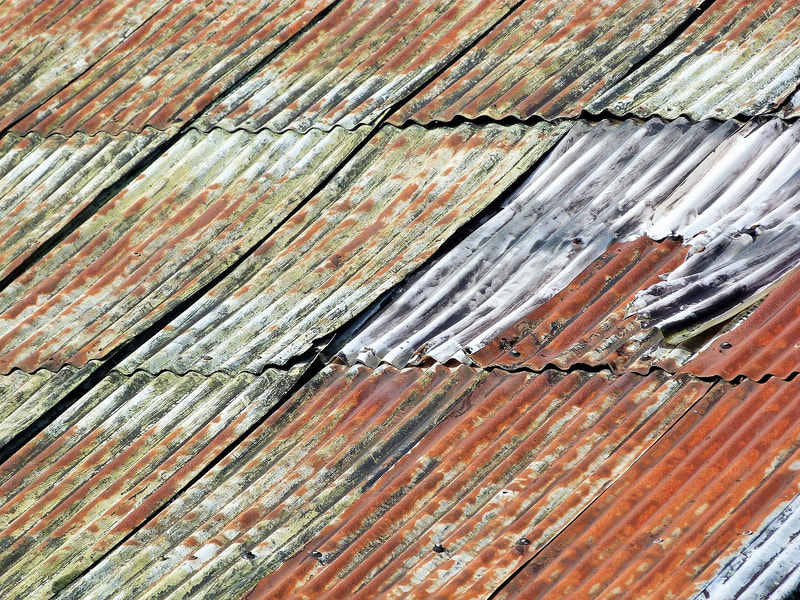
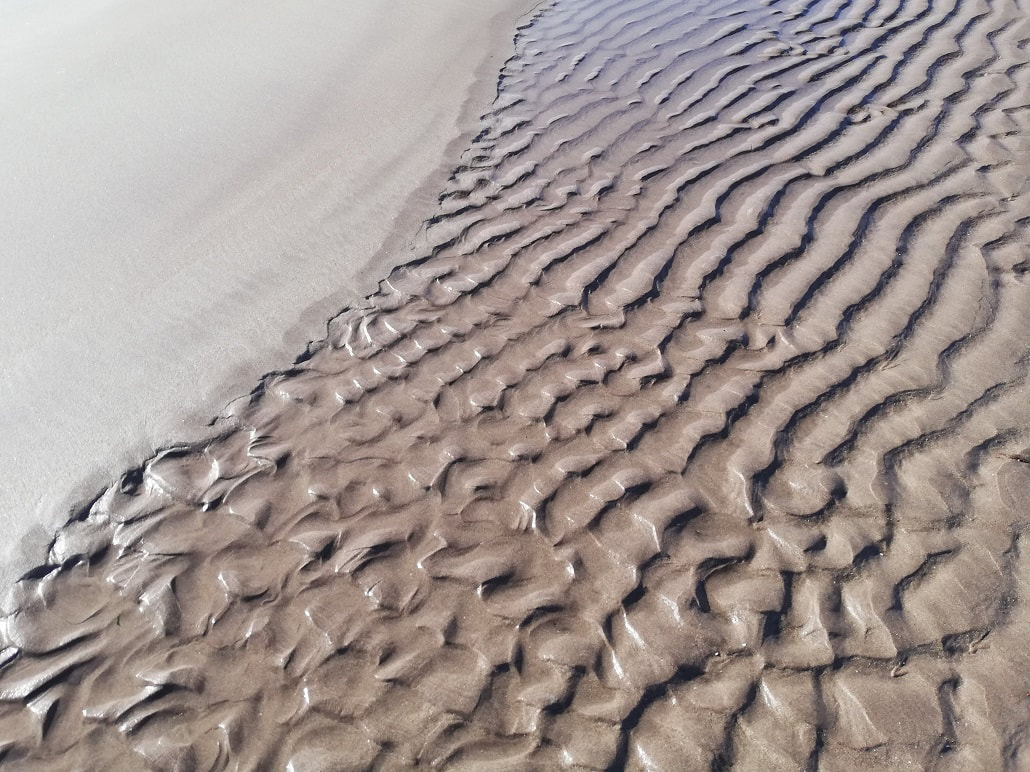
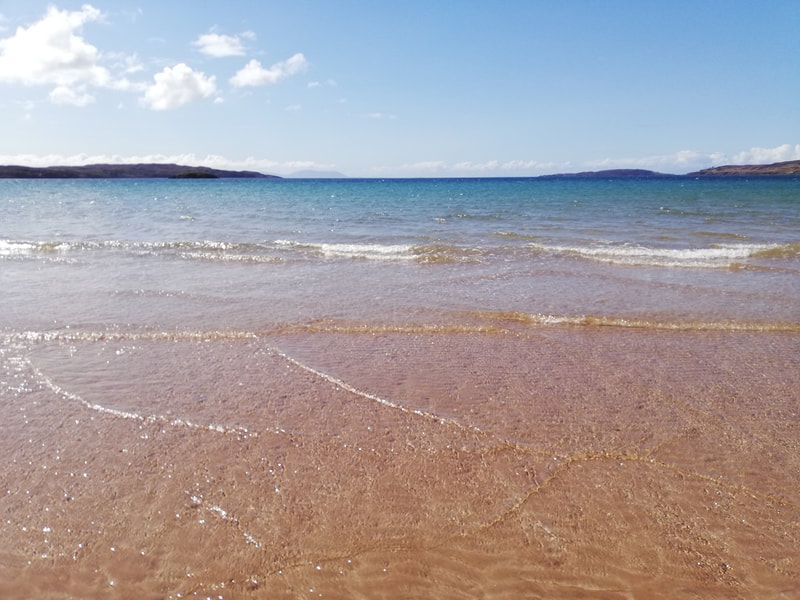
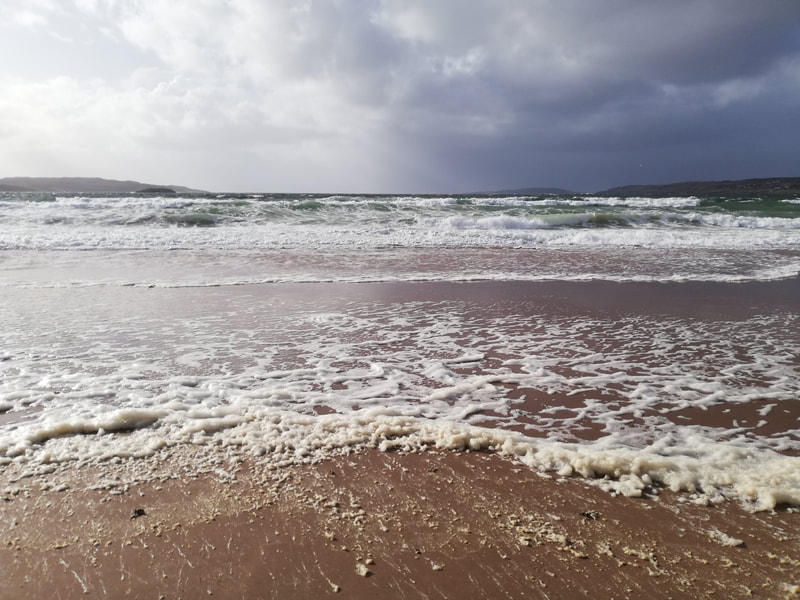
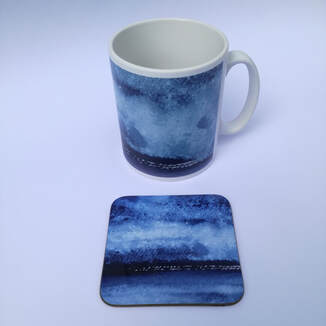
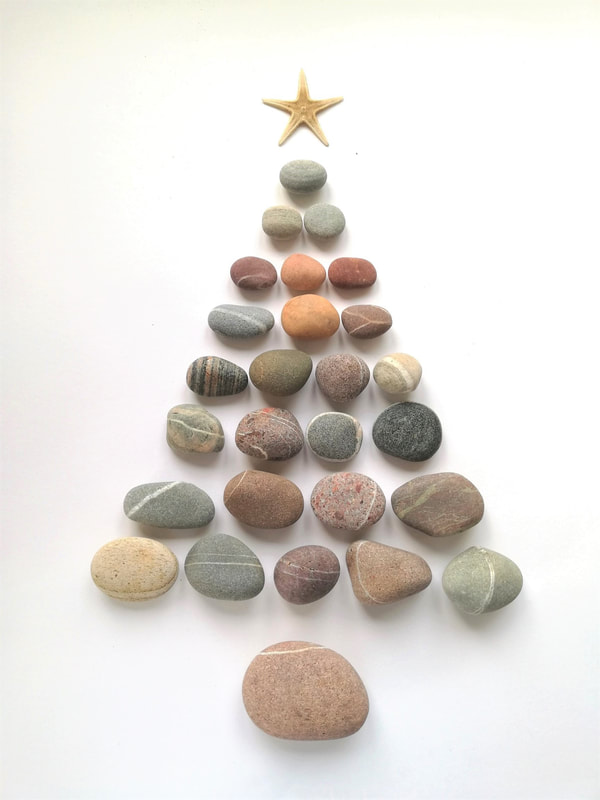
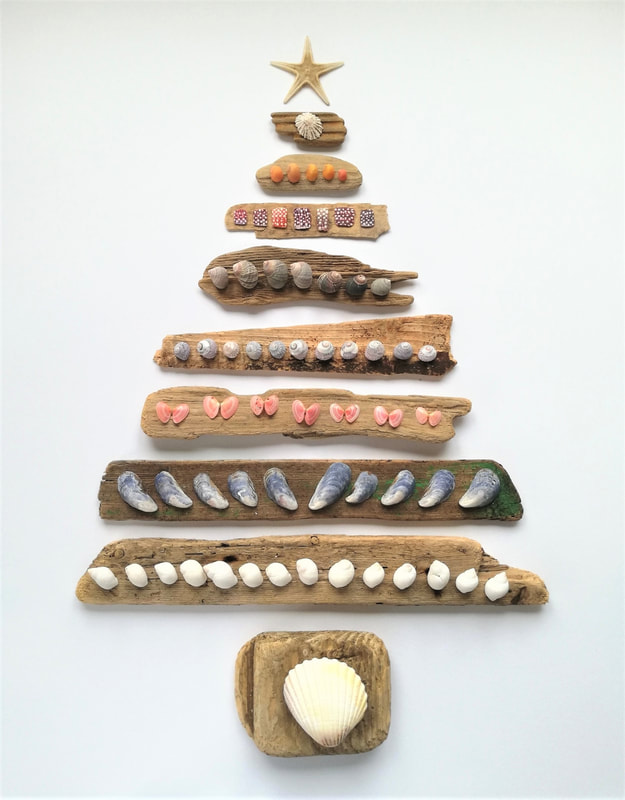
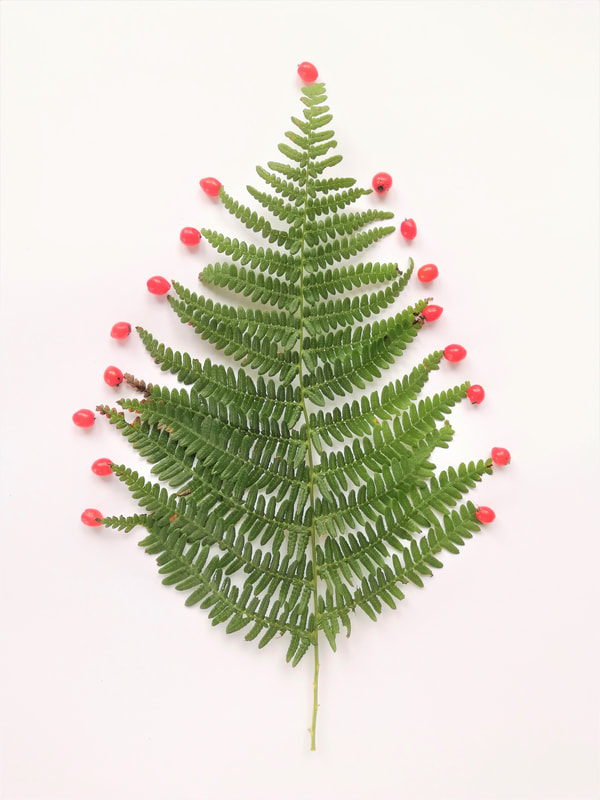
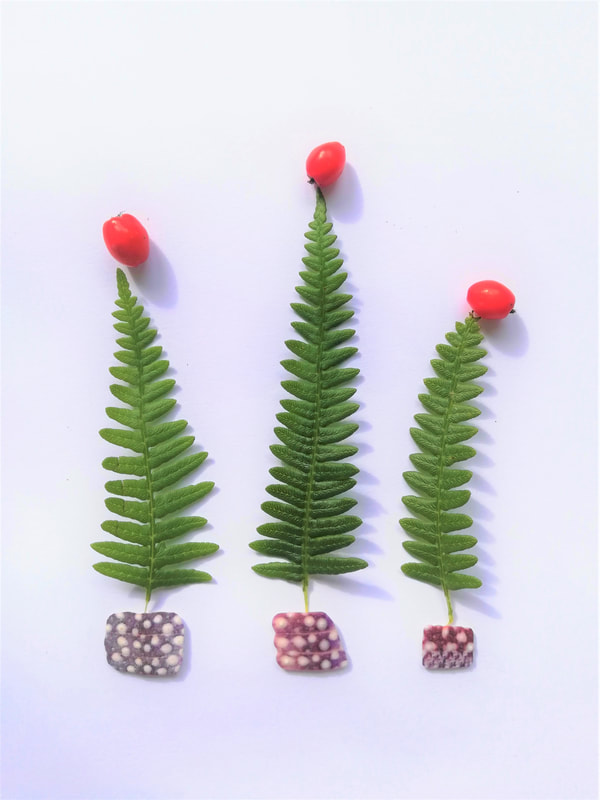
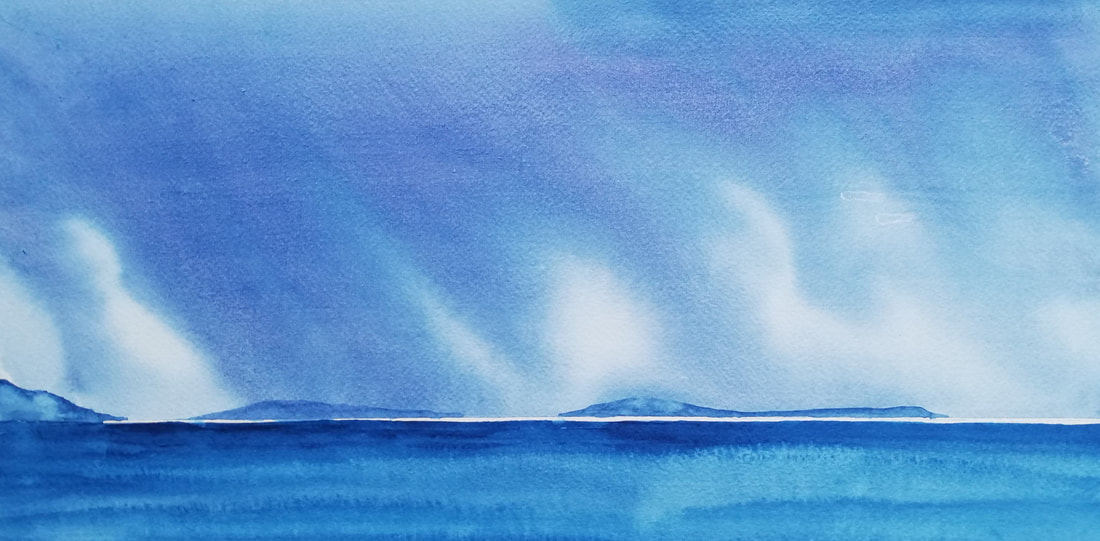
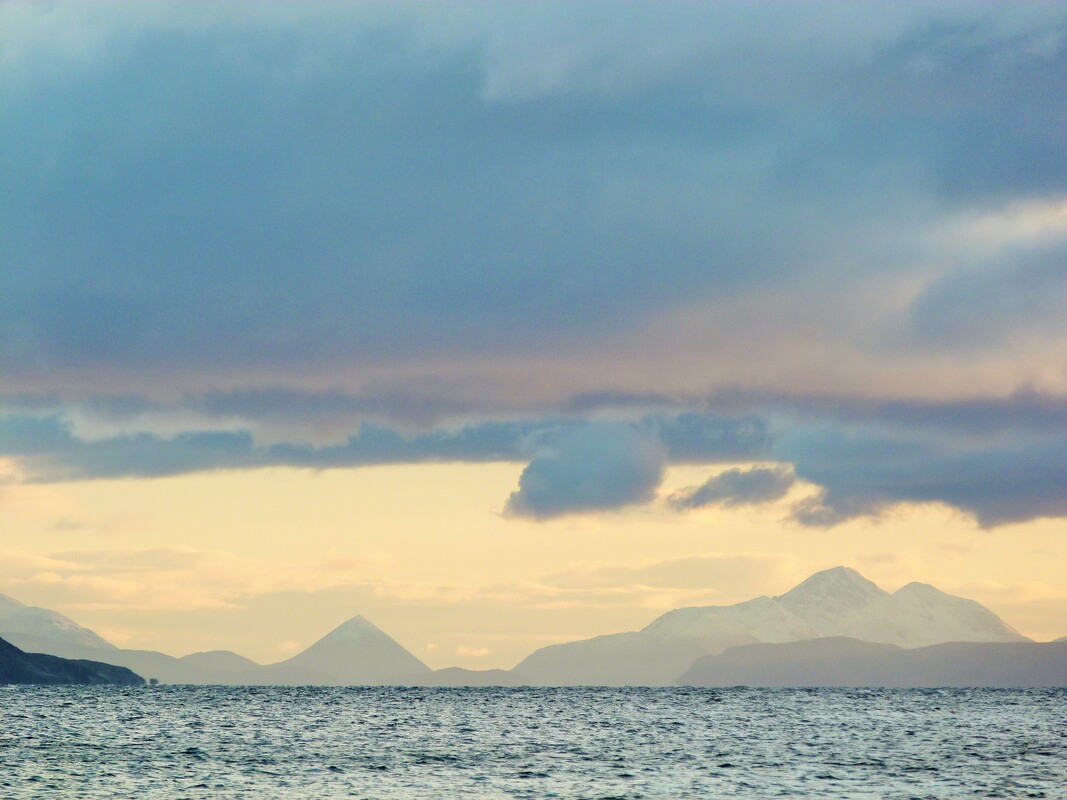
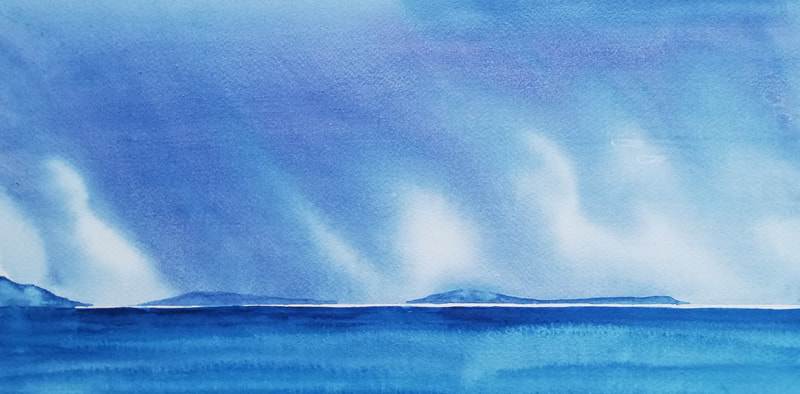
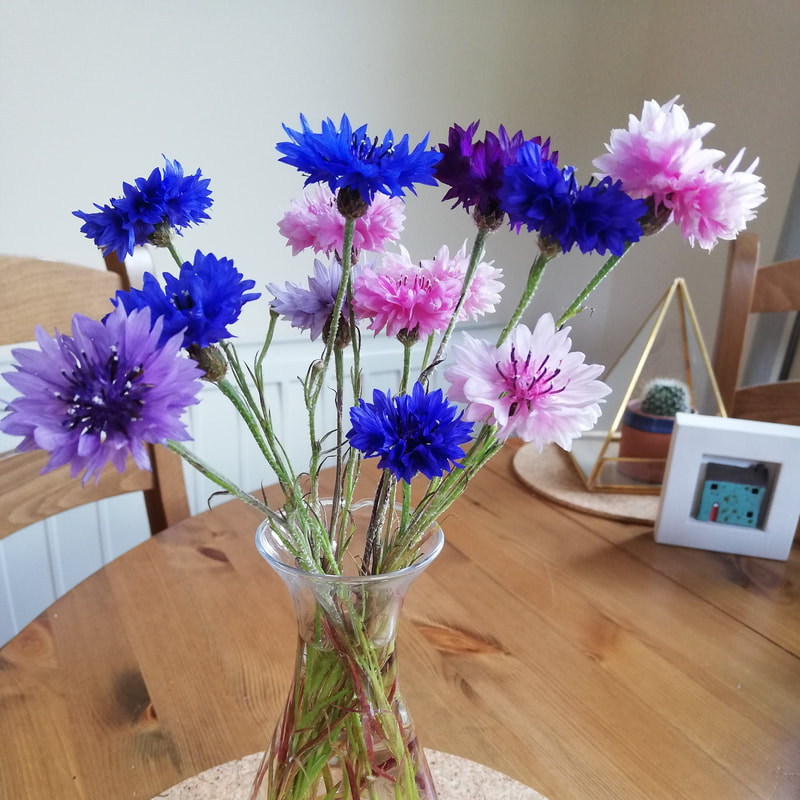
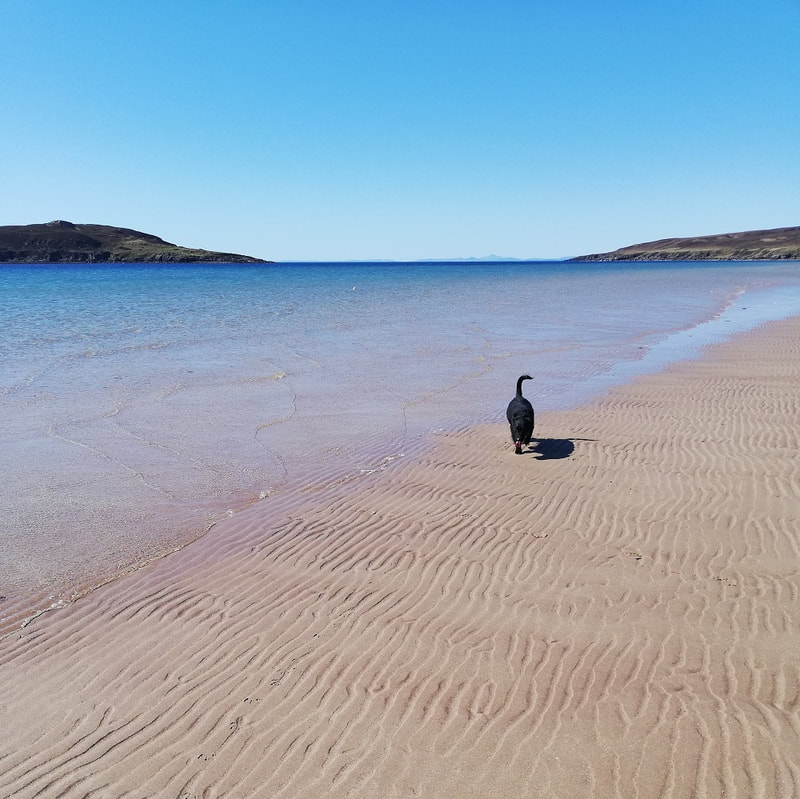
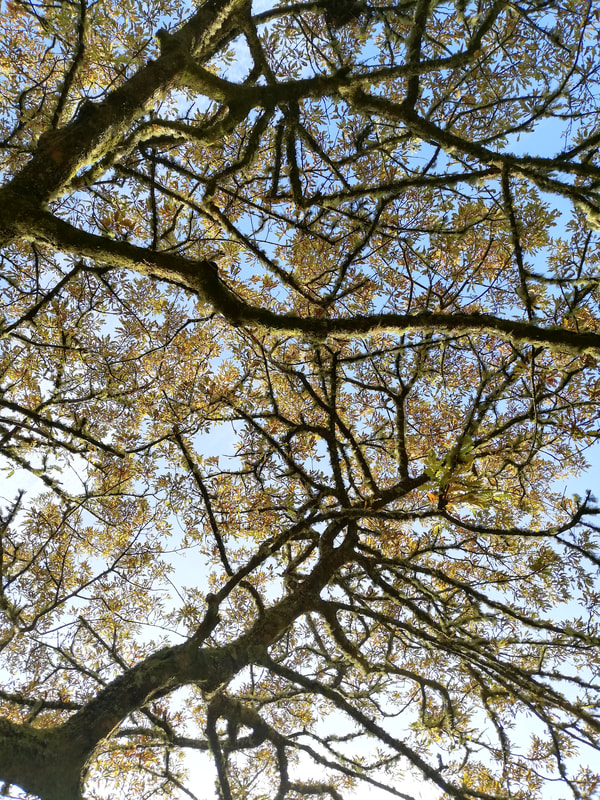
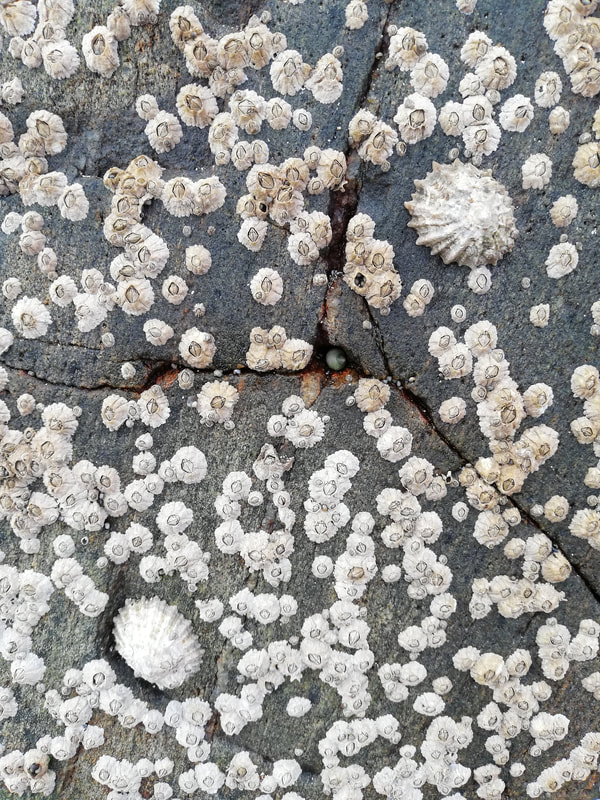
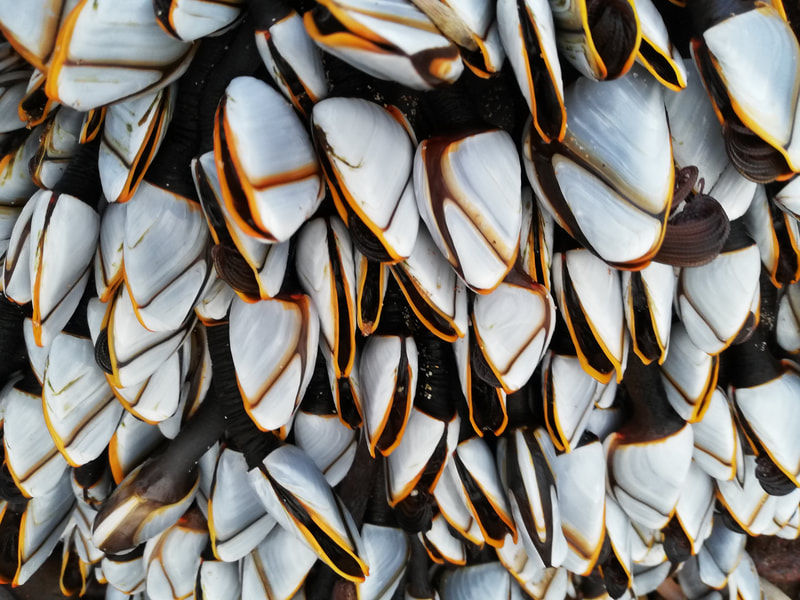
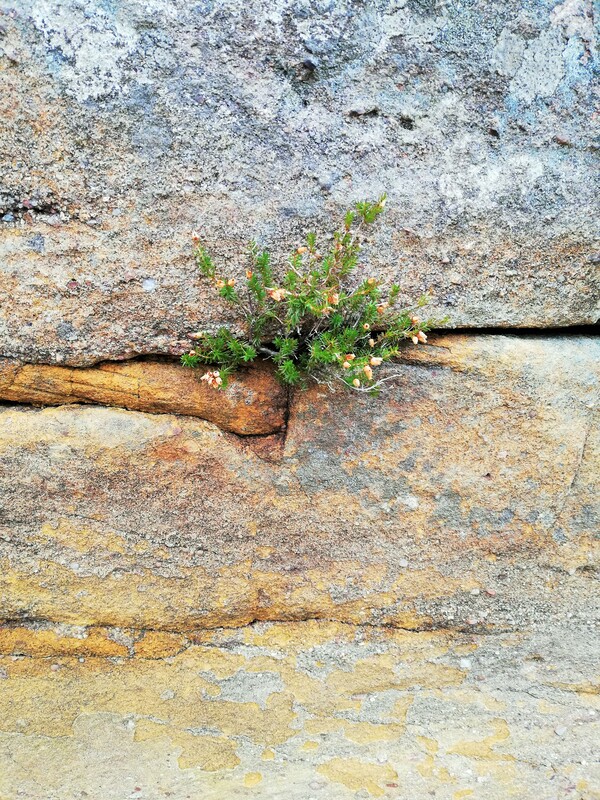
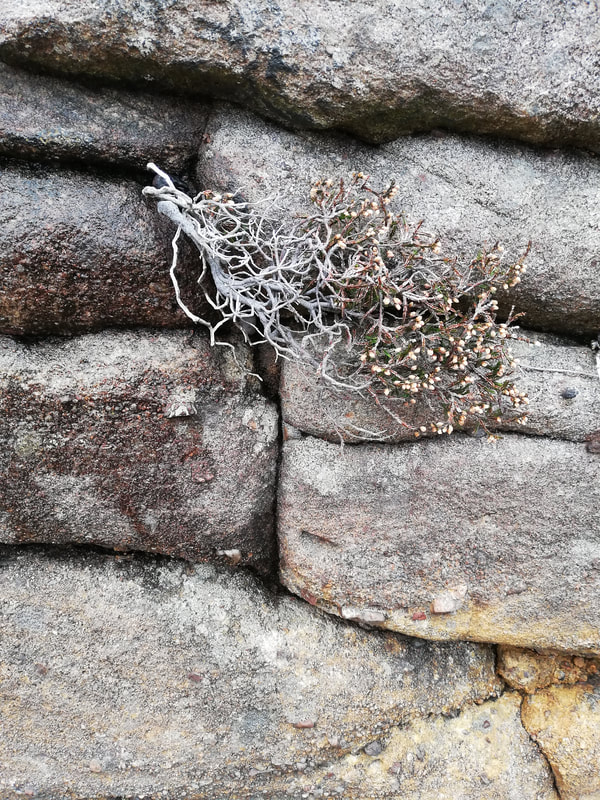
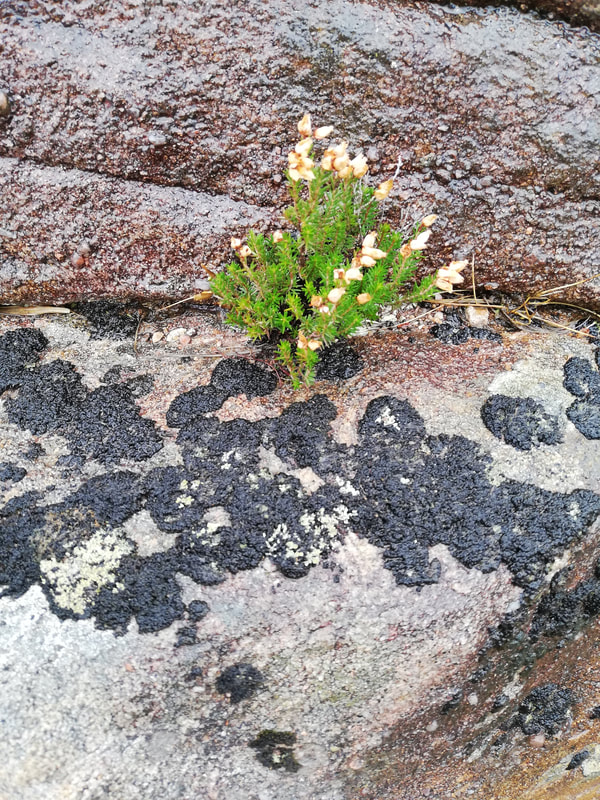
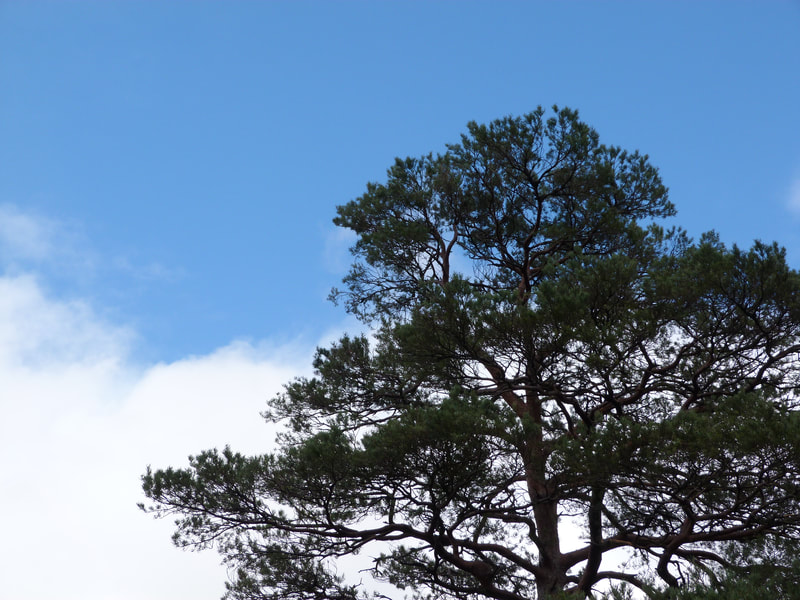
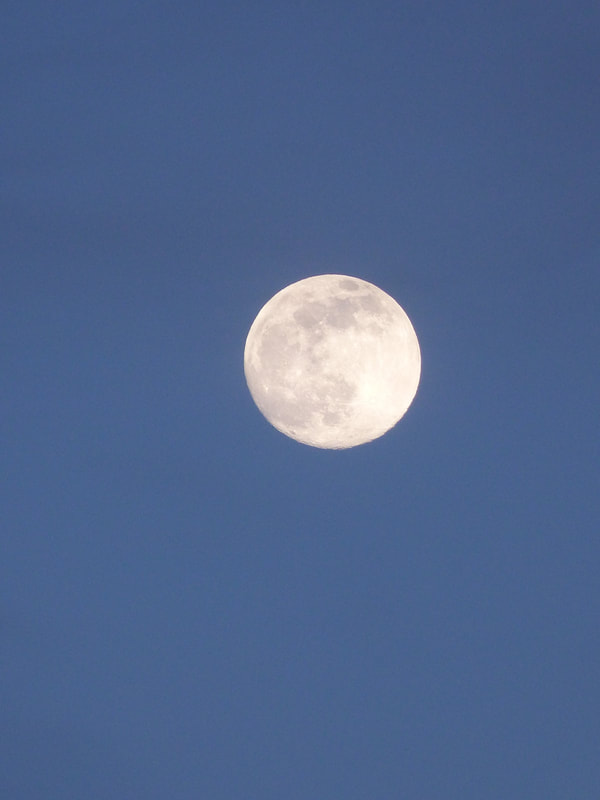
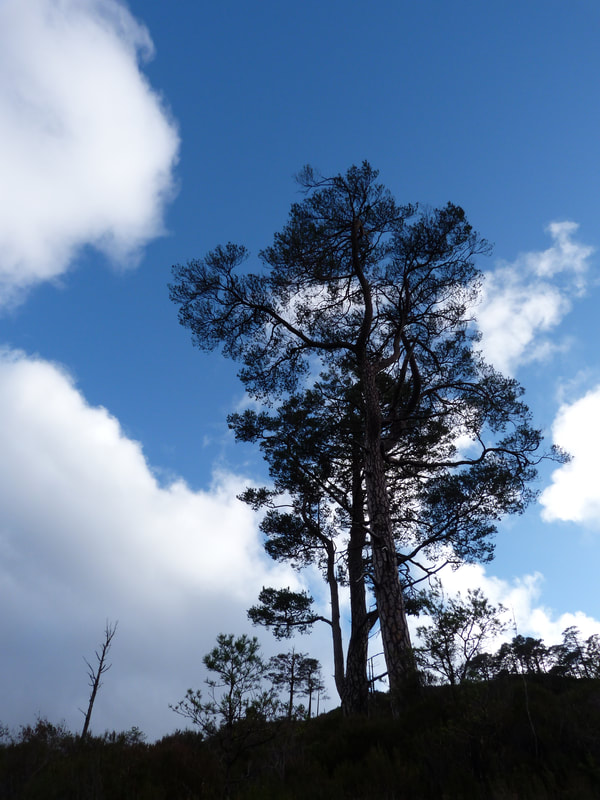
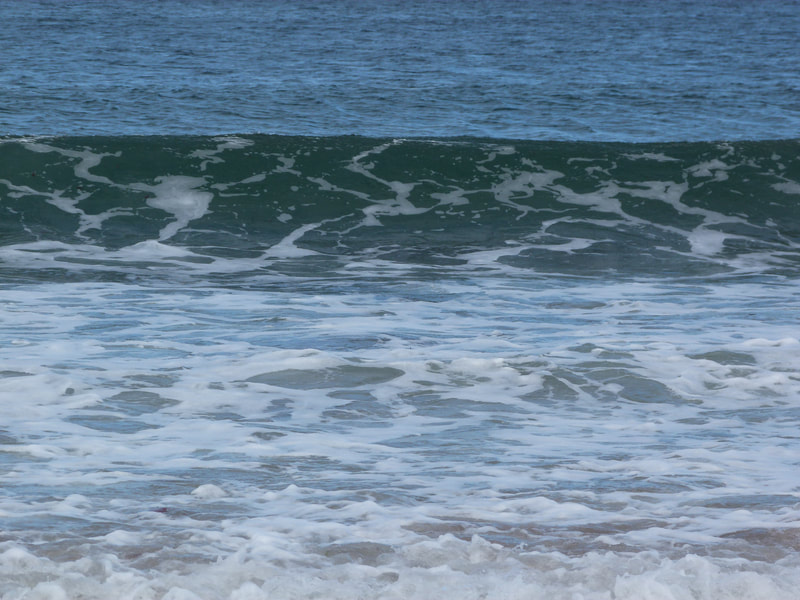
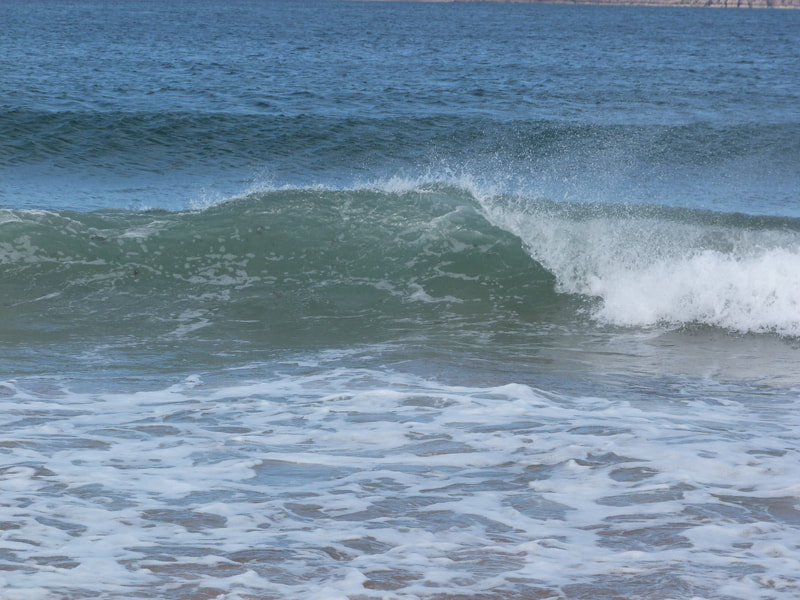
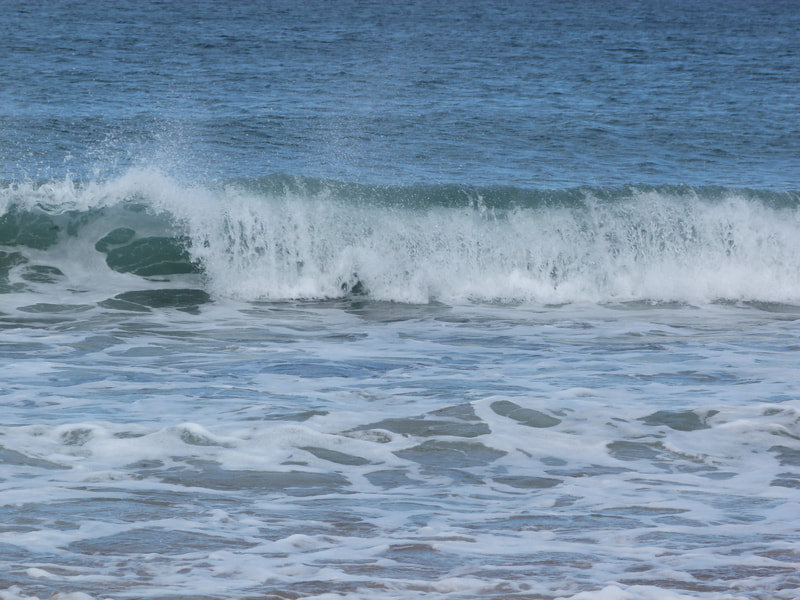
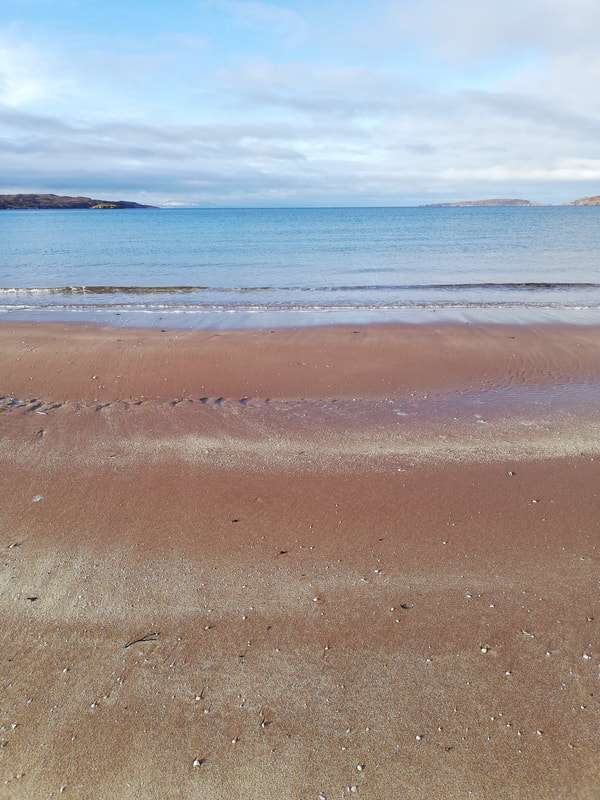

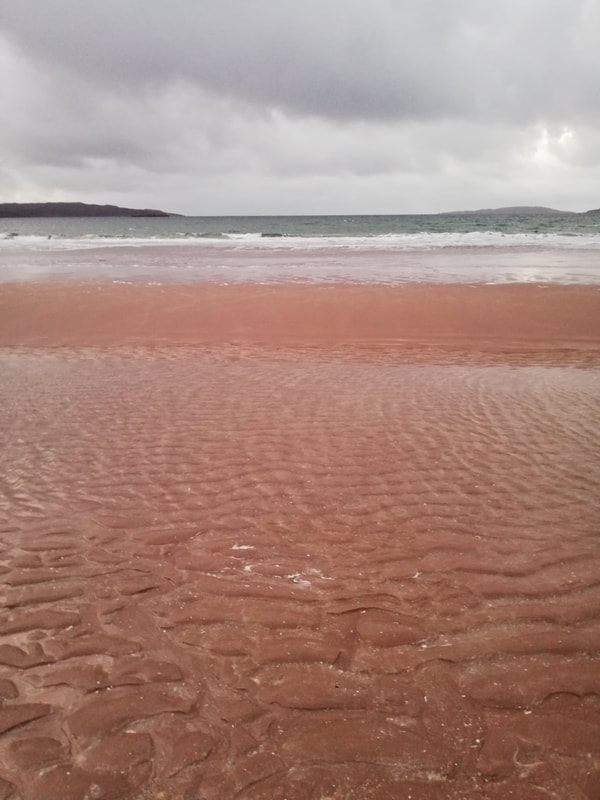
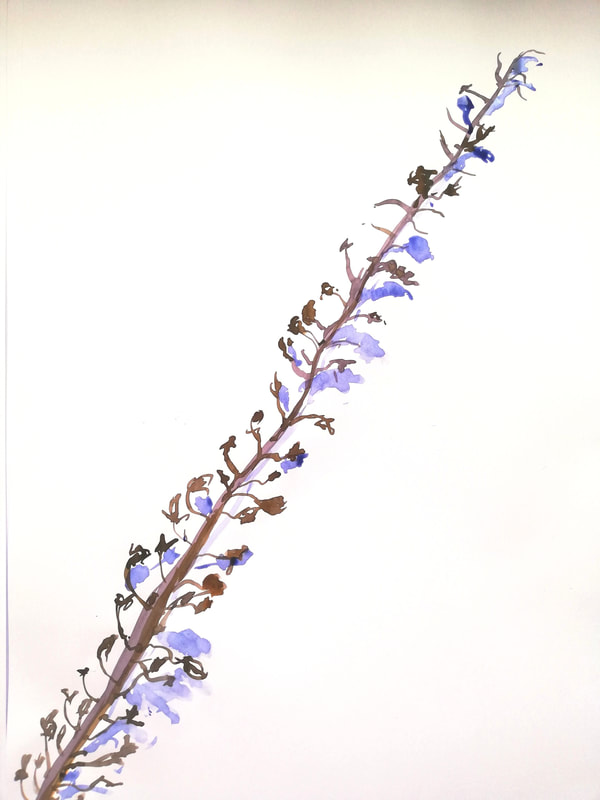
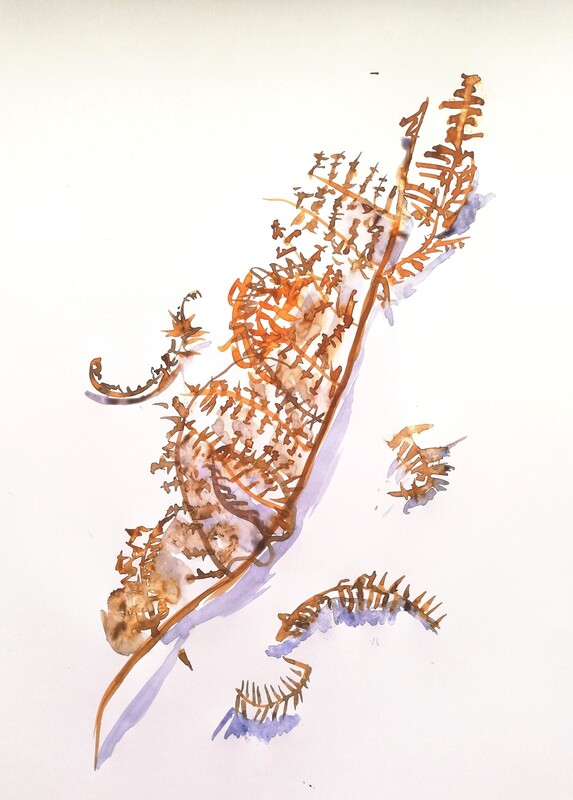
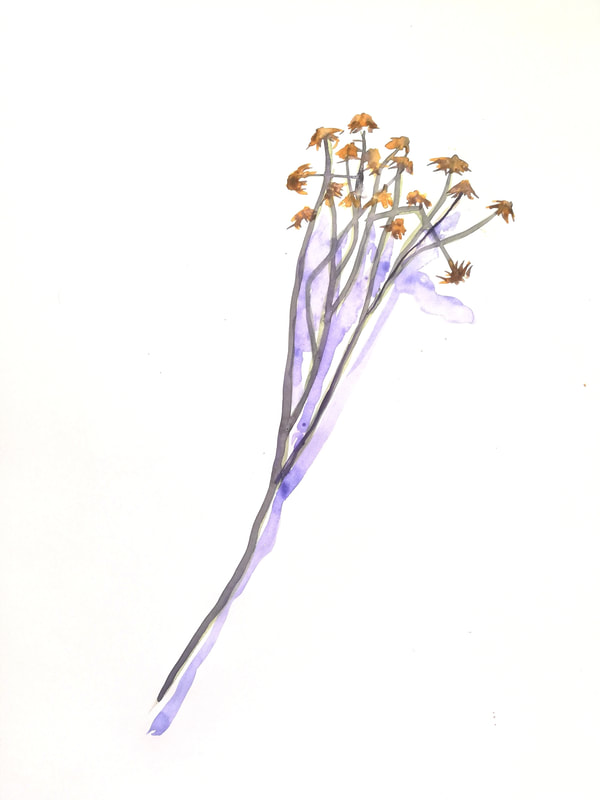
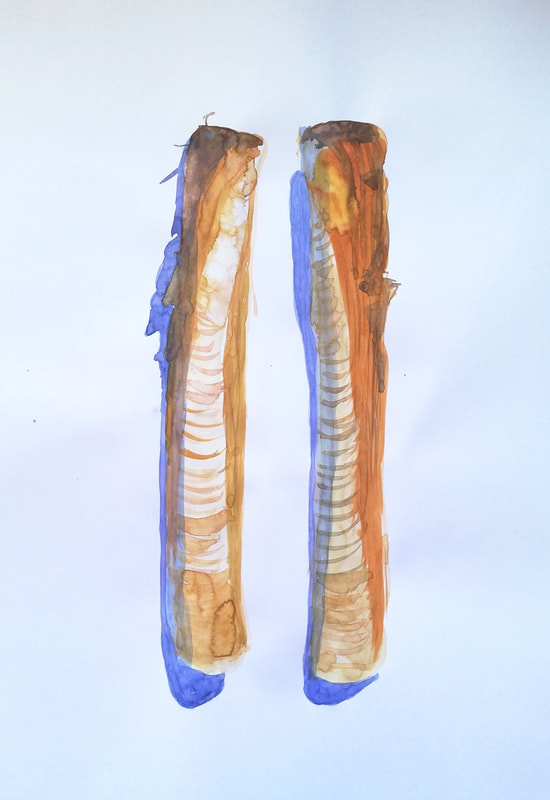
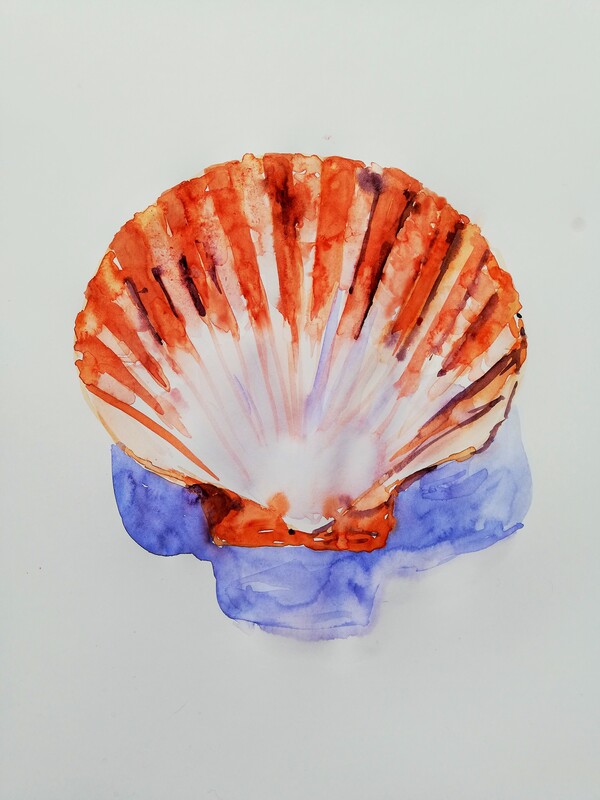

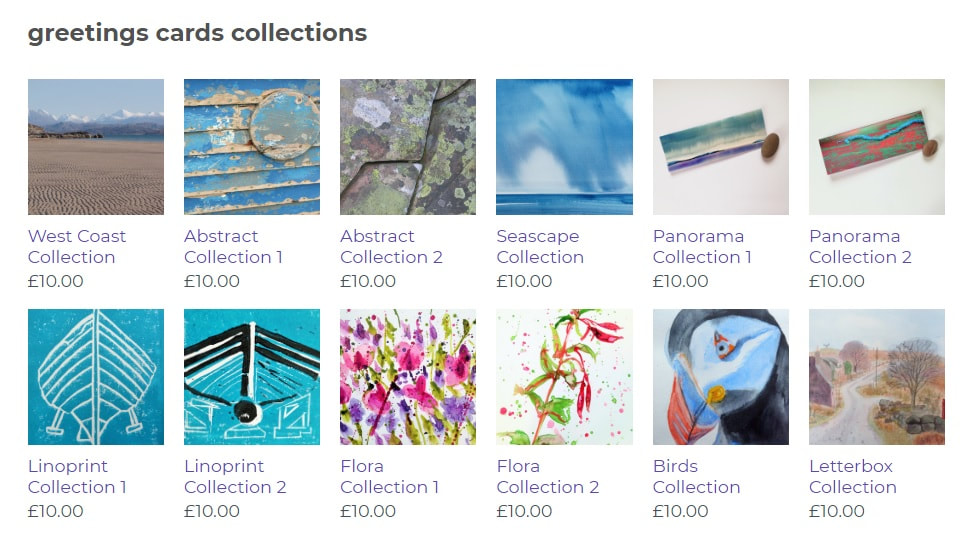
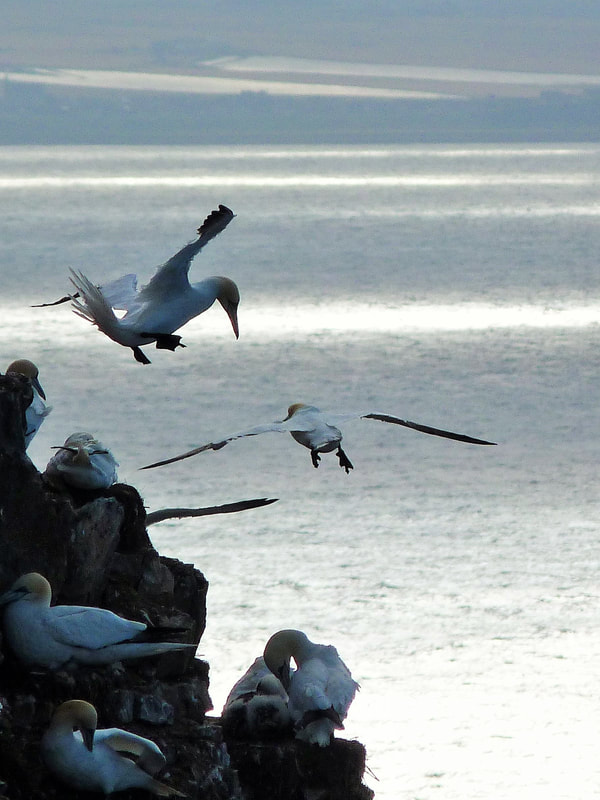

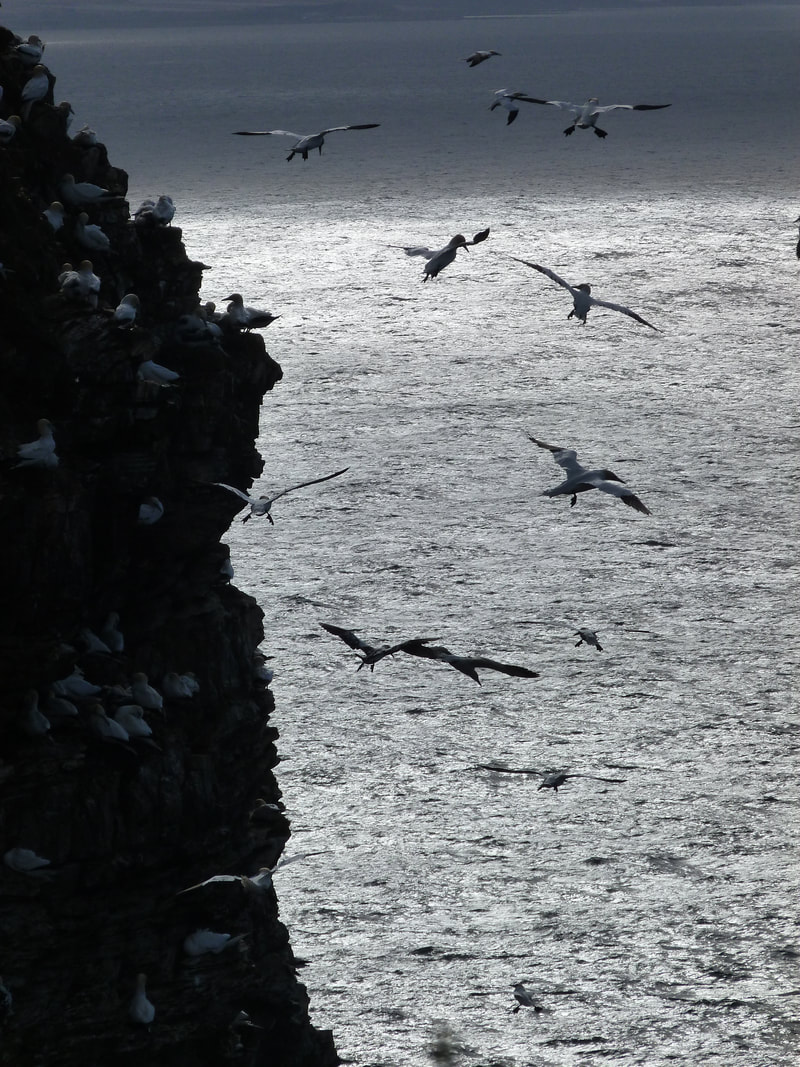
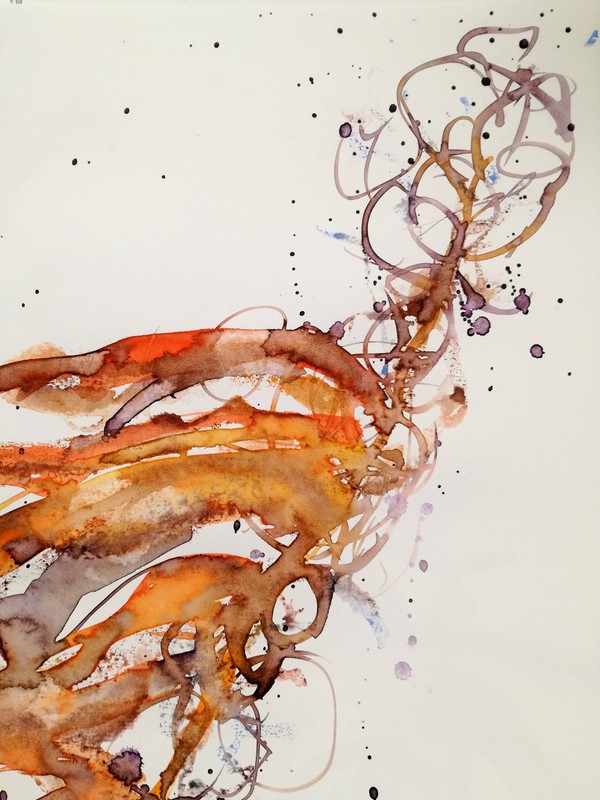


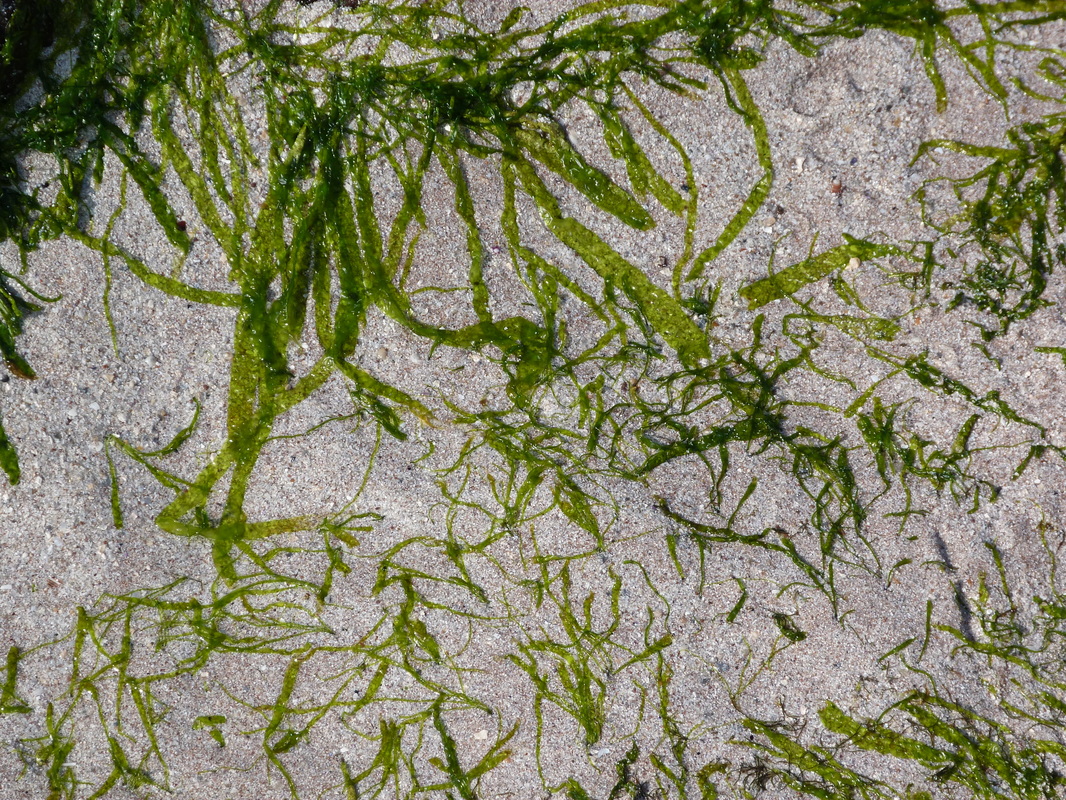
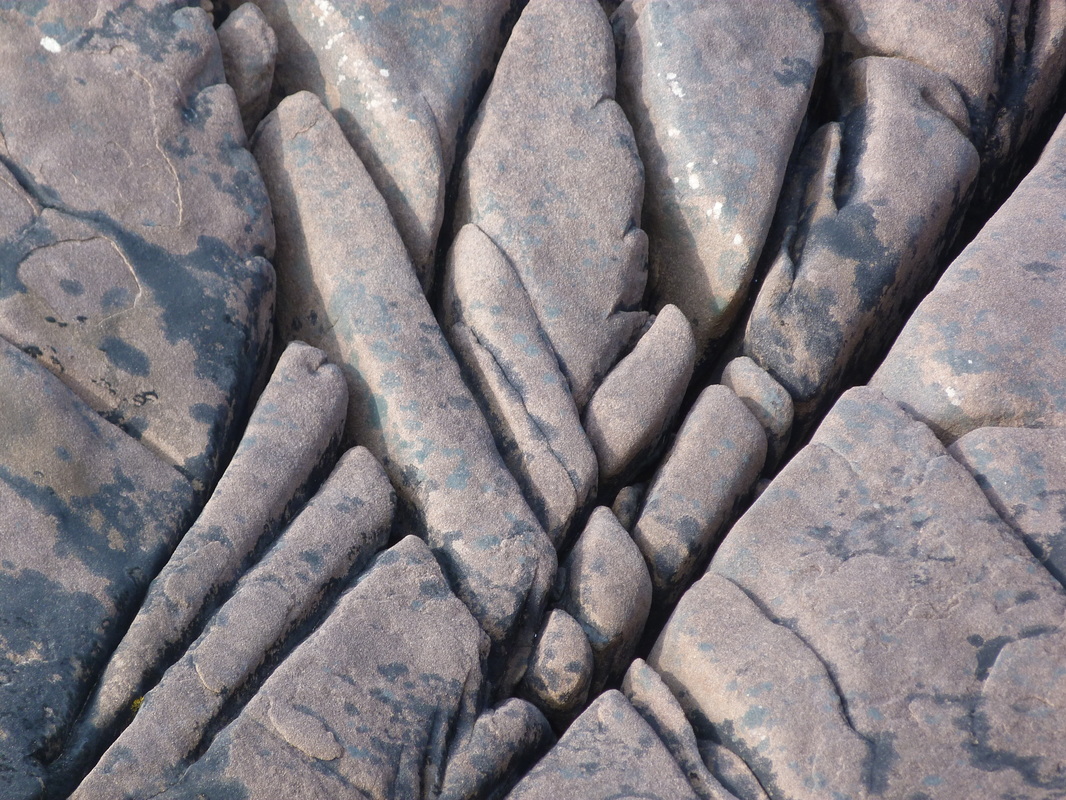

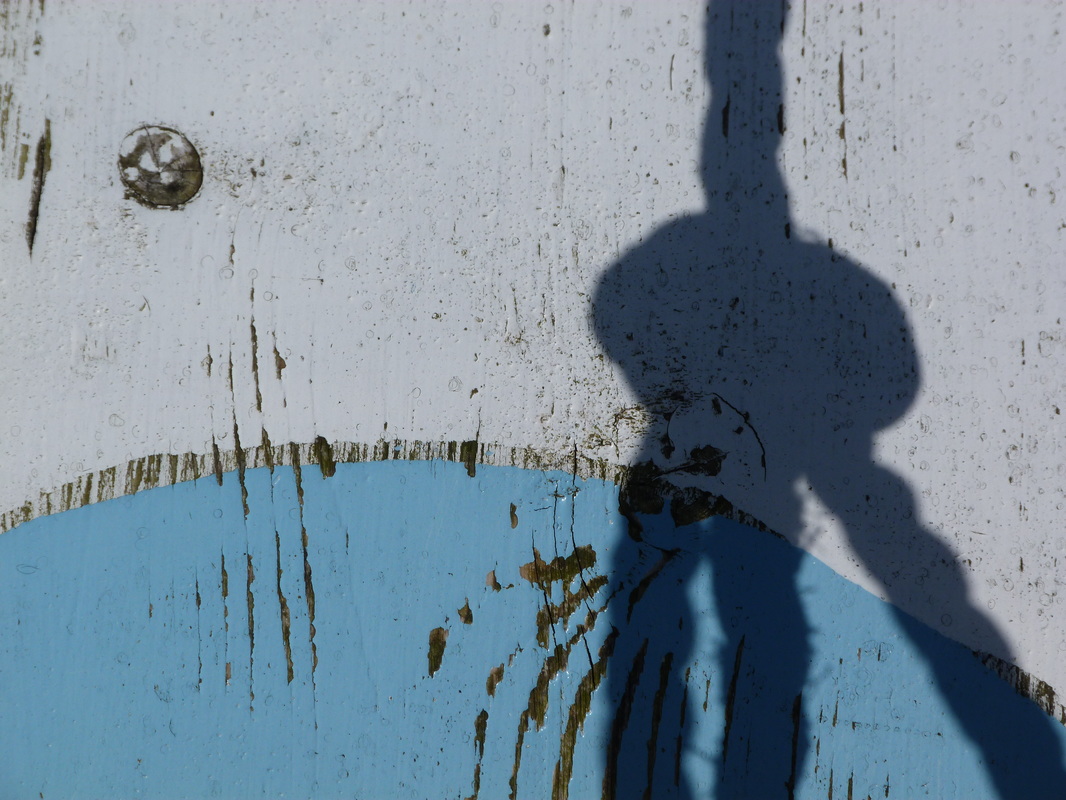
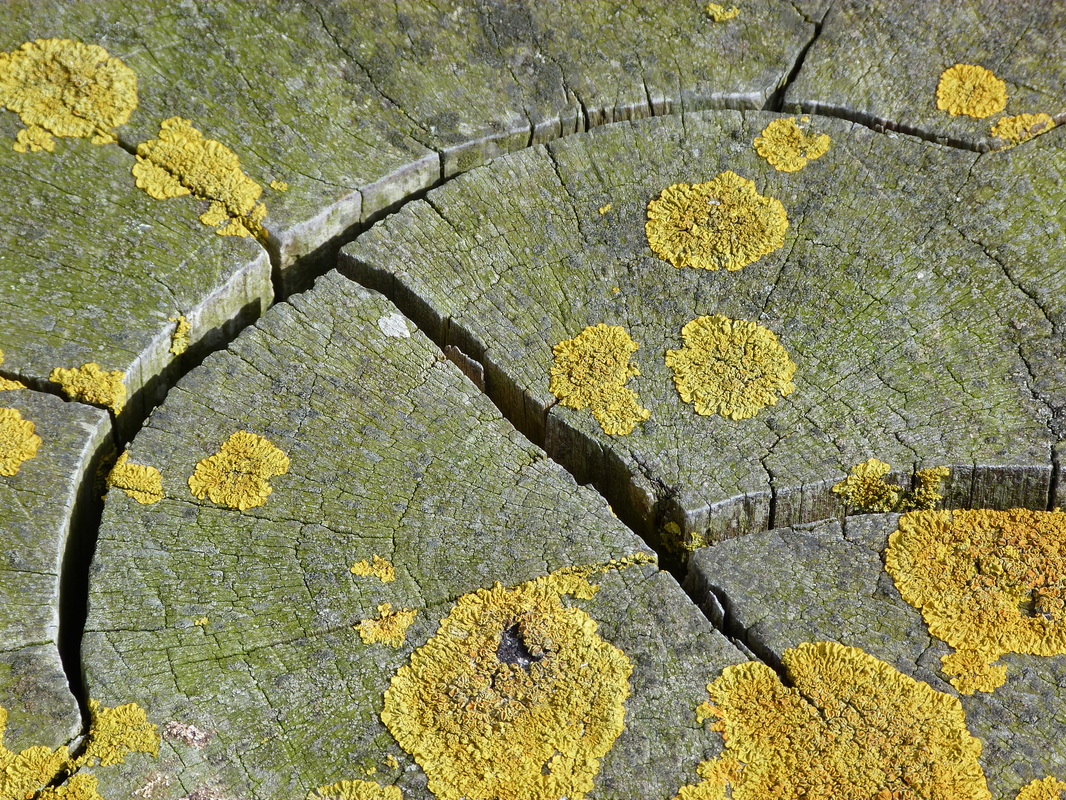

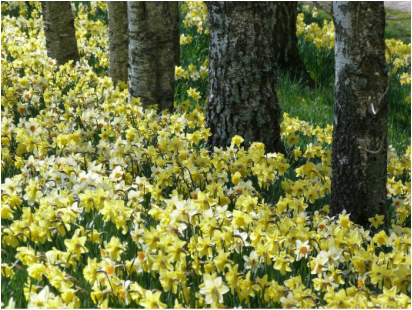
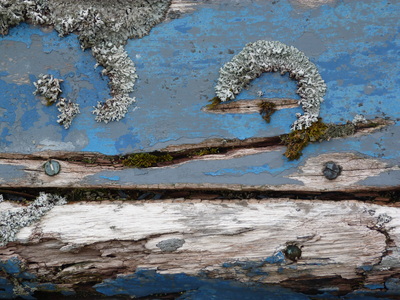
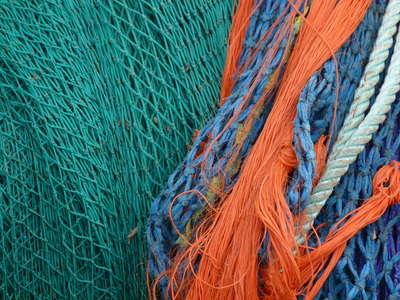
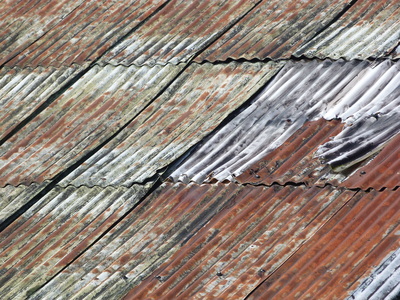
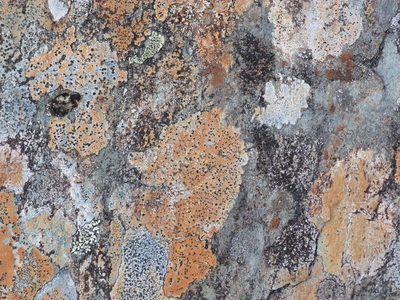
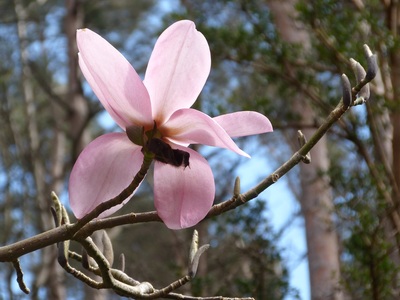
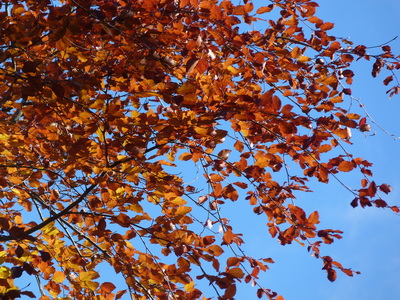
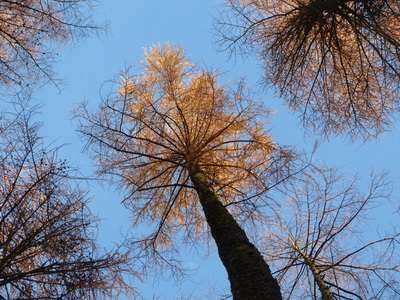
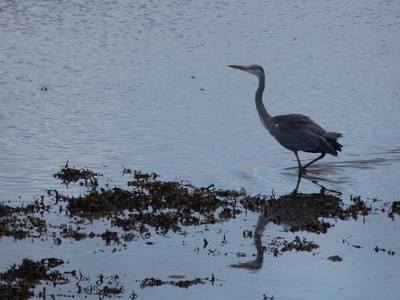
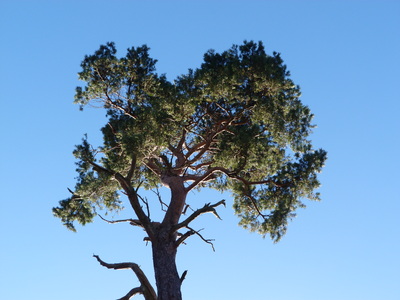
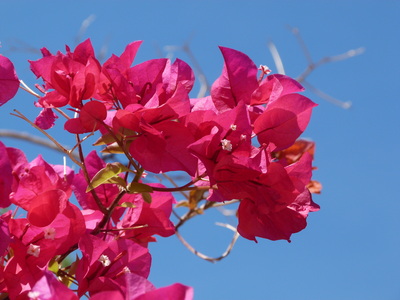

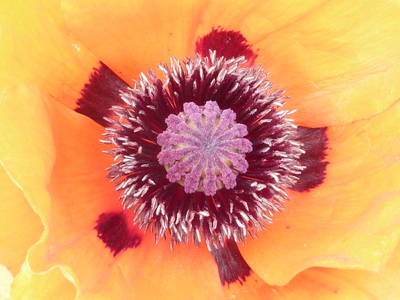
 RSS Feed
RSS Feed